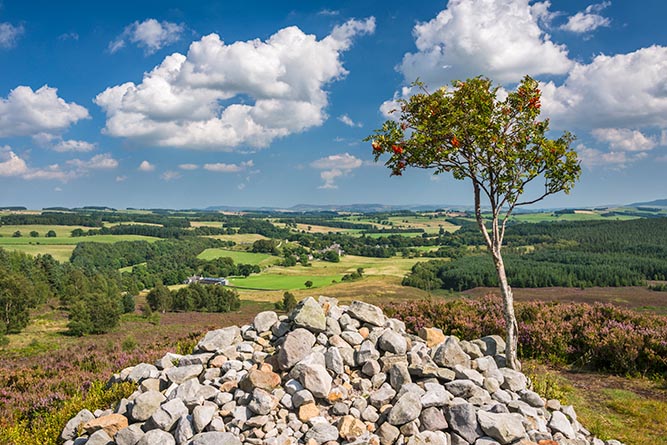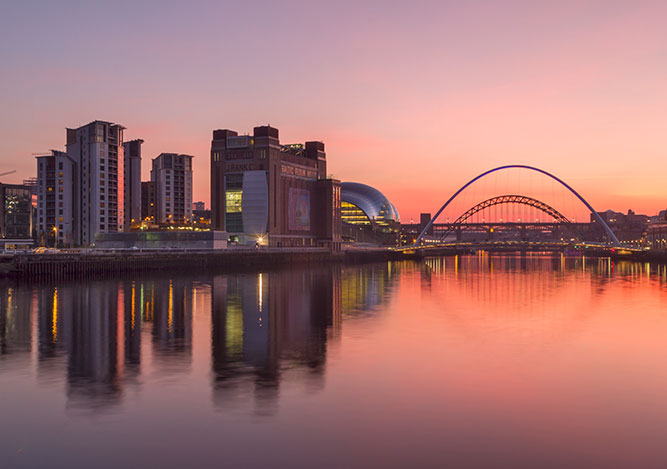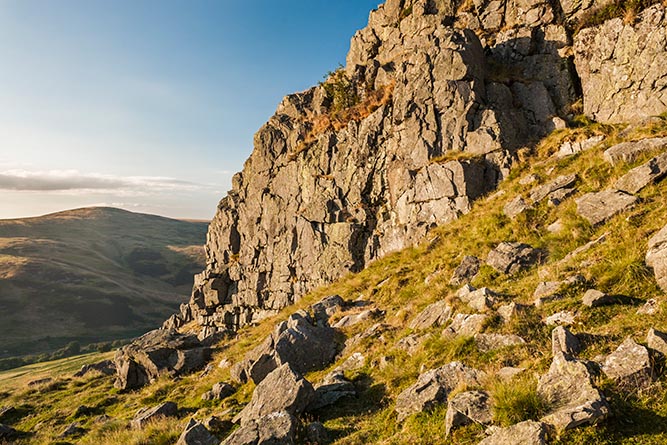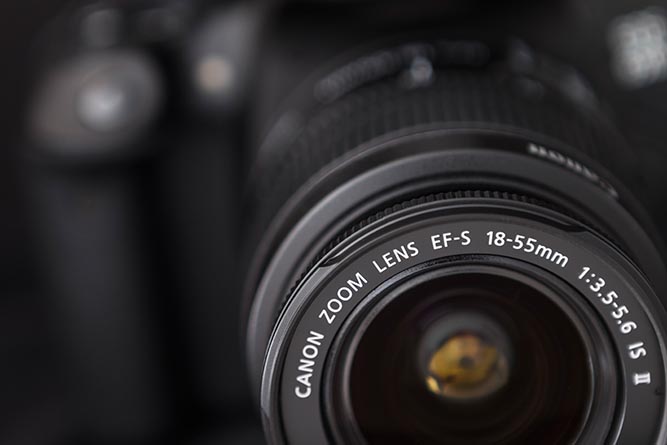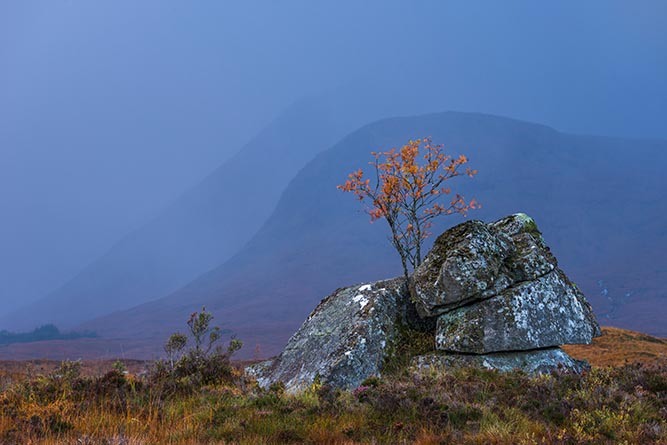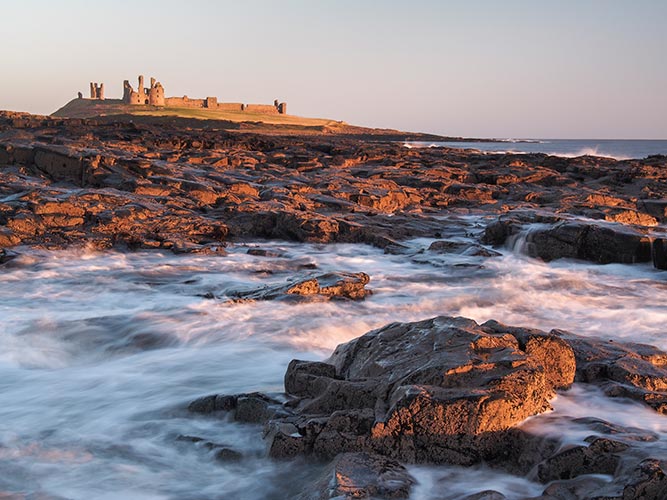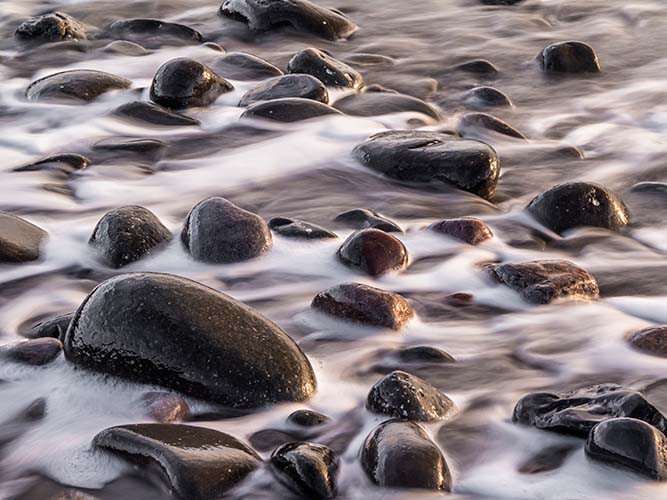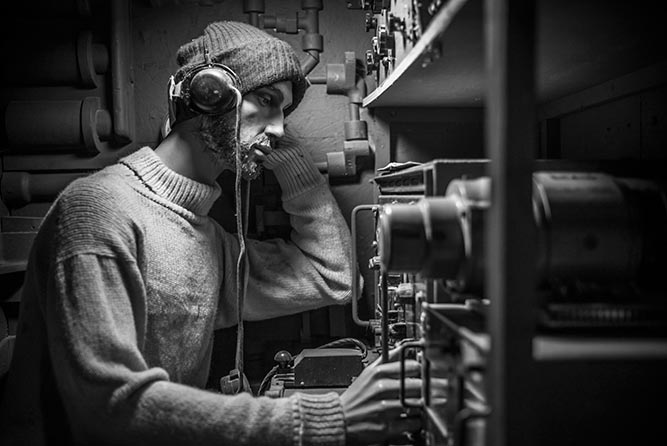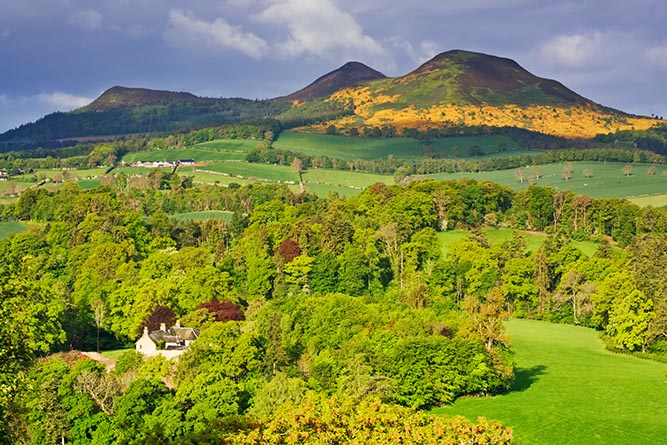It starts with a cry of alarm cutting through the cool morning air. And then all is mayhem, a confused…
Like most people I’m reluctant to admit making mistakes, but since confession is good for the soul perhaps I should…
Inside your camera is a noble but sadly overlooked piece of silicon. The chip in question processes the data created…
It’s the flies that get you in the end. Rain has never bothered me. Coats made of modern waterproof fabrics…
Once there were only two certainties in life: death and taxes. Now it seems that there’s a third – there’ll…
One sure way to get immediate respect from your photographic peers is to have a camera bag that, quite frankly,…
Photographers are generally obsessed with sharpness. Put your hand up if you’ve ever scutinised a print just a few inches…
To create an image you need a certain amount of light. If I were to tell that I regularly use…
The easiest option when buying a new lens for a system camera is to pick a zoom (and in fact…
As Rabbie Burns truthfully wrote: ‘The best-laid plans o’ mice an’ men gang aft a-gley’. Well I don’t know about…


